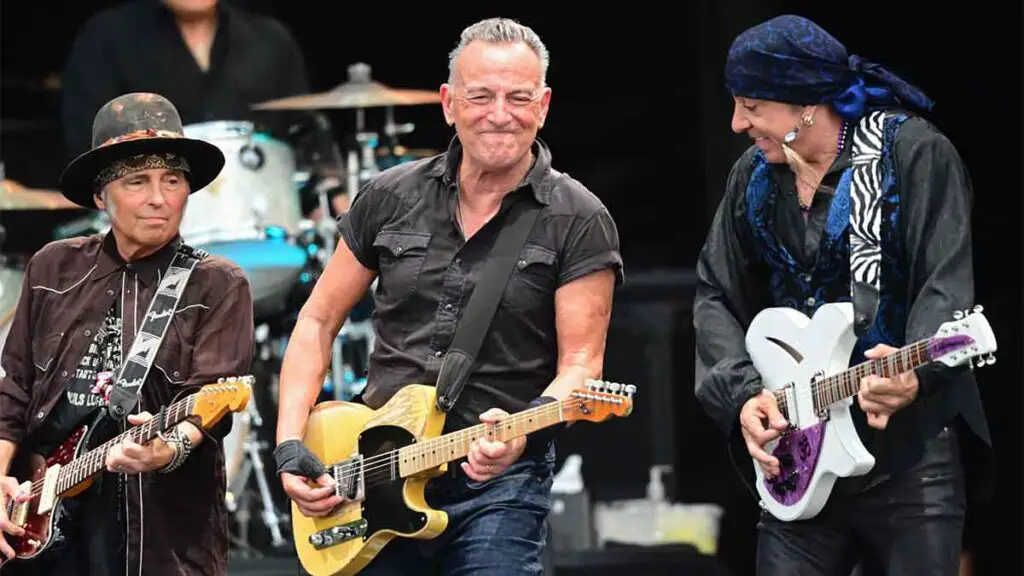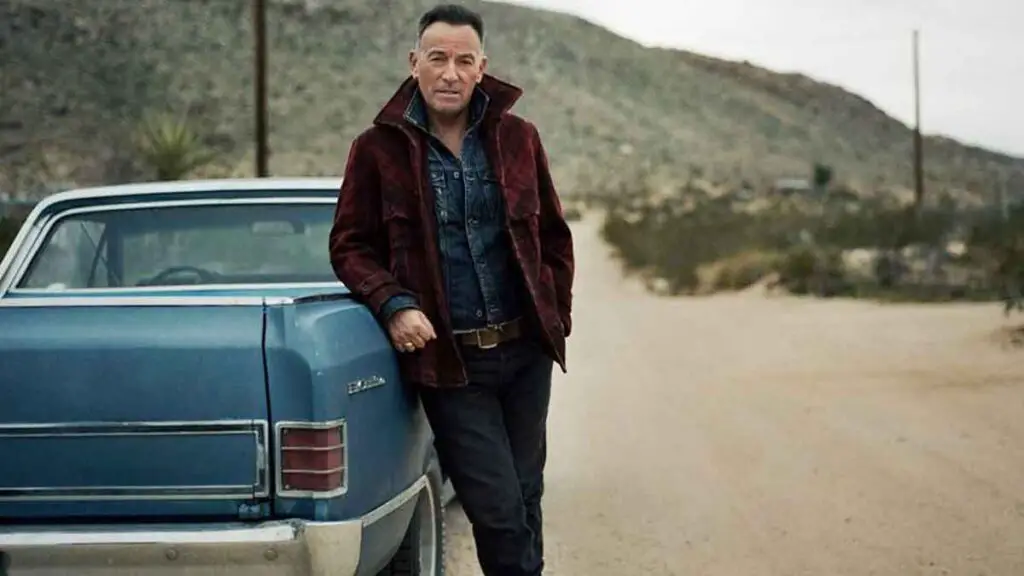Bruce Springsteen is one of rock’s biggest legends, but he owes a whole lot to the sweet pop sounds of the early 1960s. Back in the day, artists like the Shirelles, the Crystals, and Gary “U.S.” Bonds were spinning out catchy hits that electrified people all over the country.
Springsteen wasn’t afraid to show how much he admired that era, especially the work of producer Phil Spector. Spector’s famous “Wall of Sound” crammed so many instruments and voices together that it felt like a towering wave crashing over your ears.
When Bruce was young, he heard pop tunes by groups like The Beach Boys and the Ronettes and found them incredibly thrilling. He realized that this music, though sometimes dismissed as bubblegum, held amazing power to make people feel deeply connected and alive.
For Springsteen, songs of that time weren’t just silly or shallow. Instead, they taught him about writing stories, building melodies, and loading each track with energy.
Phil Spector’s style piled on layers of instruments, booming drums, and strong vocals, creating a dense wall of sound. Springsteen wanted that same larger-than-life feeling on his records, especially during the “Born to Run” era.
“Born to Run” famously starts with a horn blast that feels like a melting pot of all those 1960s hits. Listeners get a sonic punch that practically shouts, “Get ready, this is going to be epic!”
Bruce also used similar song topics to those early 1960s pop stars, like falling in love, driving around town in a cool car, and living in the moment. He took those themes and often added more serious feelings, like hope, regret, and longing.
Even his love ballads have a dash of drama you might hear in something like “Then He Kissed Me.” That sense of romance and possibility is deeply rooted in those old pop tunes and continues to resonate in his own music.
Springsteen’s approach to lyrics and storytelling also mirrors the era’s focus on devotion and understanding between people. Whether he’s singing about cars, lost love, or dancing at a party, you can hear those powerful echoes of early-60s innocence and excitement.

He would later collaborate with or support many of his early idols, like Darlene Love and Gary “U.S.” Bonds. Working with these 1960s heroes proved that he wanted to keep that pop legacy alive rather than move on without acknowledging his roots.
The horns and keys that appear on some of Bruce’s songs recall Phil Spector’s approach of layering instruments for maximum punch. Meanwhile, frequent mentions of romance and personal commitment line up perfectly with all those classic “Will he love me?” and “Stand by me” songs from the Brill Building era.
Later albums like The River are, in many ways, a tribute to that kind of classic pop, featuring upbeat tunes and heartfelt love songs. Even as Bruce explored darker emotions, he rarely lost sight of that pop spark he first fell in love with as a teen.
On Born in the U.S.A., tracks like “Dancing in the Dark” and “I’m Goin’ Down” show off that bouncy, radio-friendly side. They’re straightforward, catchy tunes that practically demand you crank them up and sing along.
As his music evolved, that 1960s spirit stayed alive, especially through the energy he brought to live shows. He tended to push the crowd to sing along, clap, and engage in call-and-response, proving his understanding of pop’s original goal: bringing people together.
For Bruce, a snappy, three-minute song can strike right to the heart. He often joked that he “learned more from a three-minute record than he ever learned in school,” showing how serious he is about pop’s power to teach people about life.
Sure, some critics like to dismiss early 1960s music as just teenage fluff. But Springsteen’s enthusiasm says otherwise: he sees that era as an essential piece of the grand puzzle that is American rock and roll.
He also recognizes that many early 1960s songs came from Black artists and female groups, which expanded ideas about who belongs in the rock scene. By celebrating those songs, he was championing a more inclusive vision of pop and rock that wasn’t just a bunch of white guys with guitars.
In his own live shows, he’d often break out covers of vintage hits like “Then He Kissed Me,” reminding audiences that old-school pop is still energetic and fun. This willingness to draw upon that music made him stand out among his peers, who often stuck to a strict rock image.
The massive success of albums like The Rising and Born in the U.S.A. only strengthened his position to shine a spotlight on frequently overlooked music. When Bruce became a superstar, he had the power to say, “Hey, don’t forget these tunes that inspired me.”
From blasting out the “Wall of Sound” on Born to Run, to sprinkling doo-wop harmonies and 1960s-styled joy into The River, Springsteen has always worn his influences proudly. He’s shown that those classic pop traditions can be infused with fresh themes and bigger rock arrangements.

Even on later works like Devils and Dust, he nods to Roy Orbison and Gary “U.S.” Bonds by referencing their style or titles. That demonstrates just how deep the passion runs—he’s not just name-dropping, he’s woven their vibe into his creative DNA.
By rooting himself in early-60s pop, Bruce helps us appreciate a deeper and more diverse version of rock history. He lifts up voices and sounds that might otherwise be buried under endless praise for only a few big names.
Most importantly, Springsteen shows that pop and rock can work hand in hand. By blending joyful energy, heartfelt stories, and endless layers of sound, he’s proved that the classics never really went away—they just found a champion in him.
So the next time you hear someone call early-1960s pop flimsy or uncool, you can remind them that the Boss himself built his empire on that foundation. It’s a testament to the everlasting power of a catchy melody, a big heart, and a willingness to keep dancing all night long.



